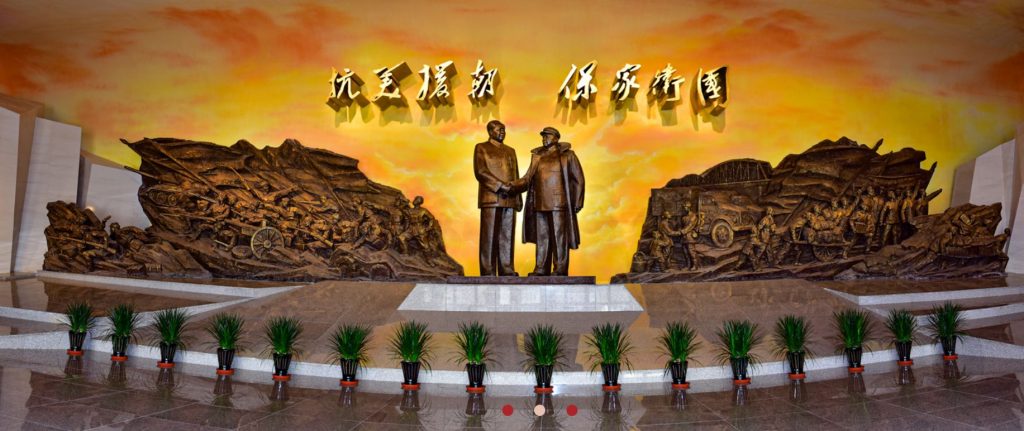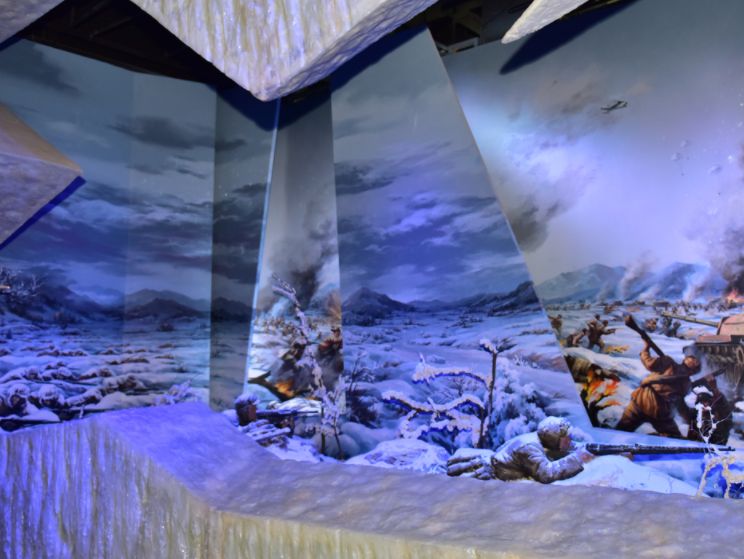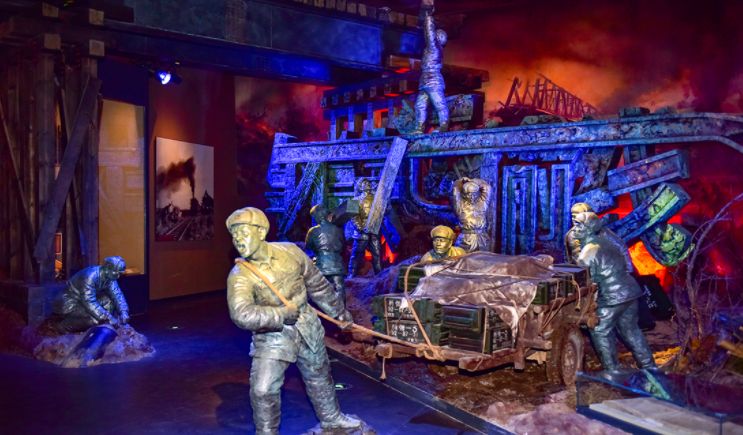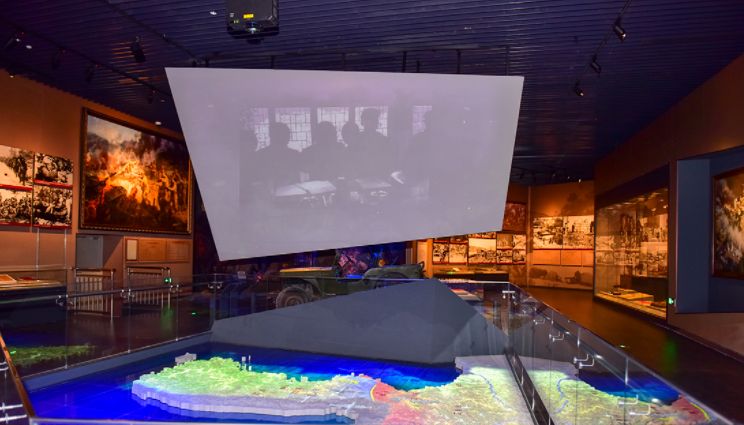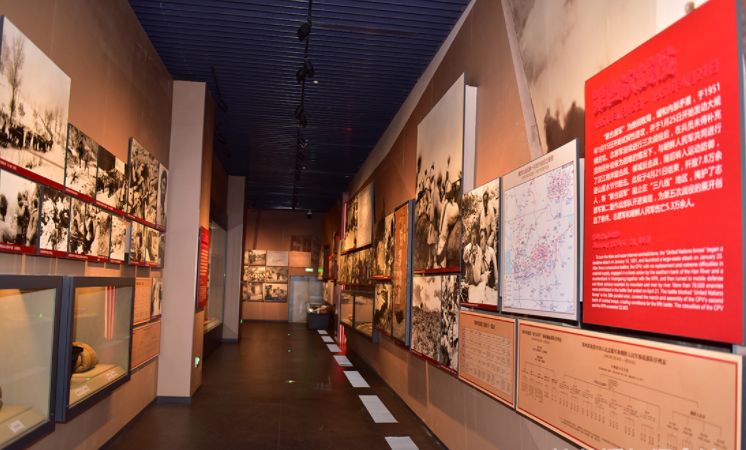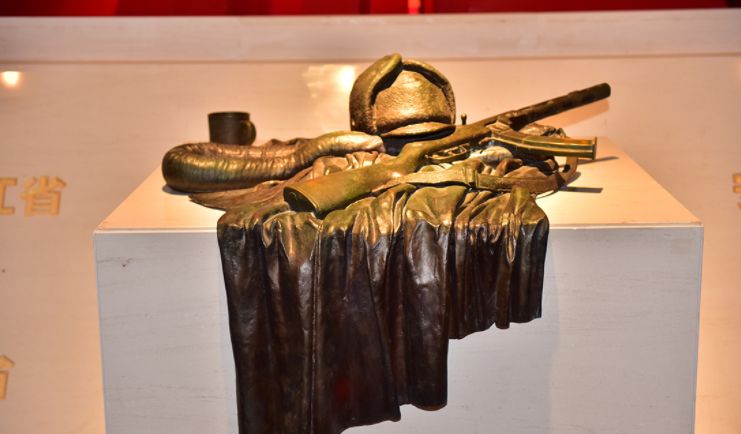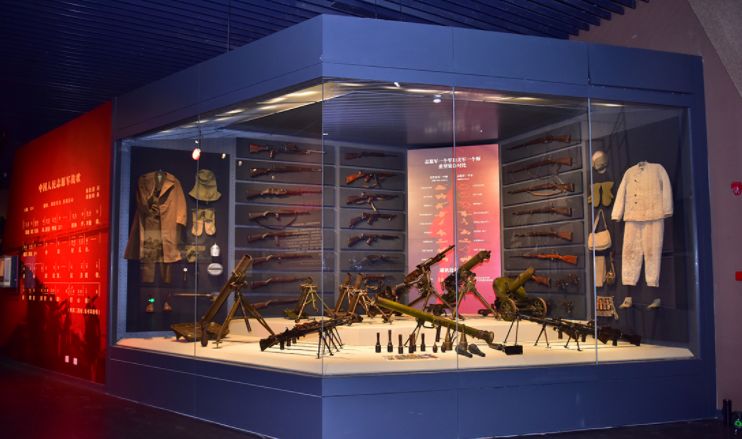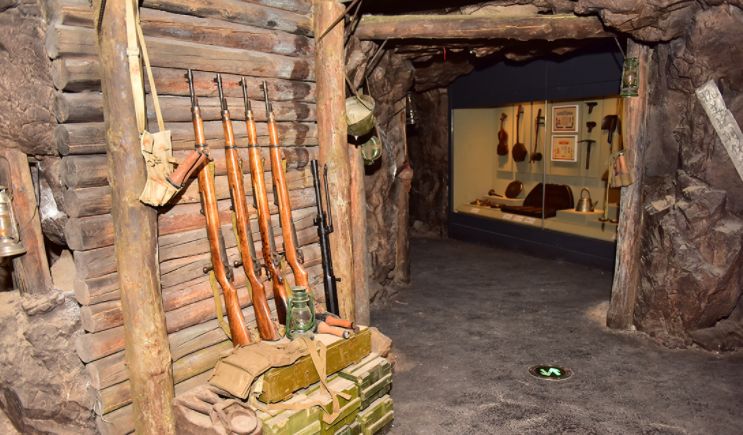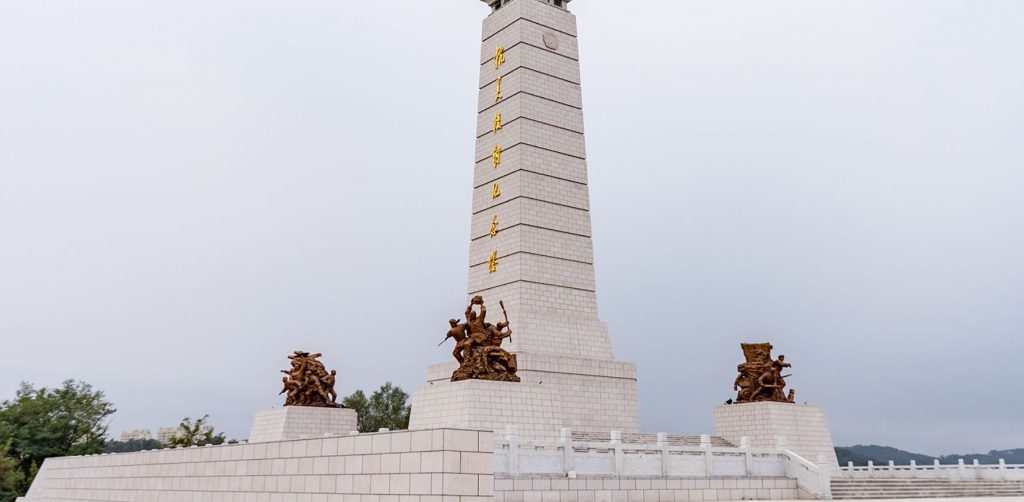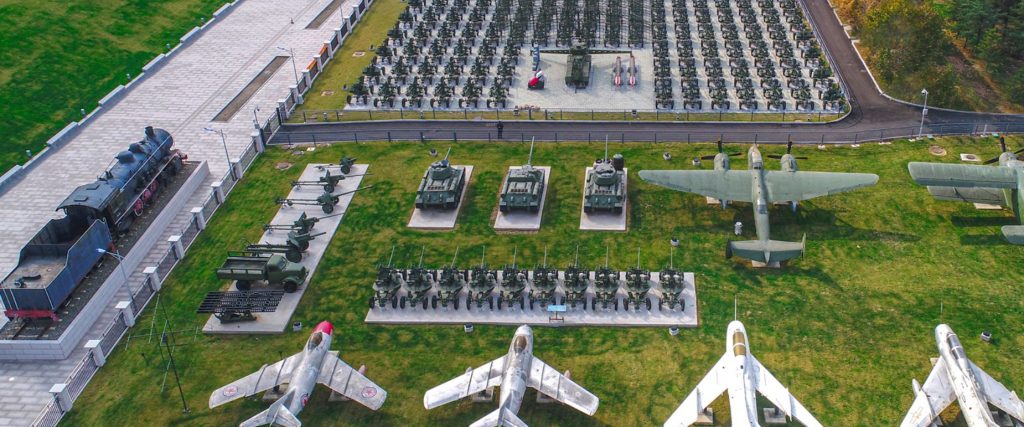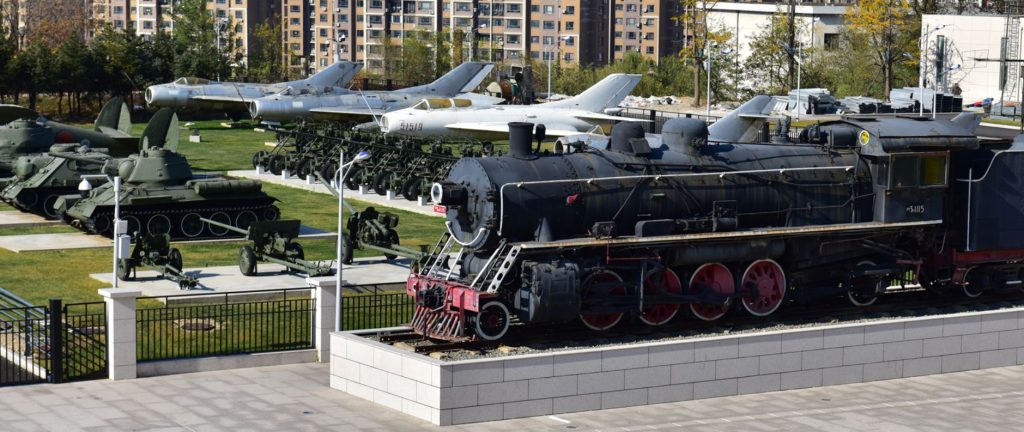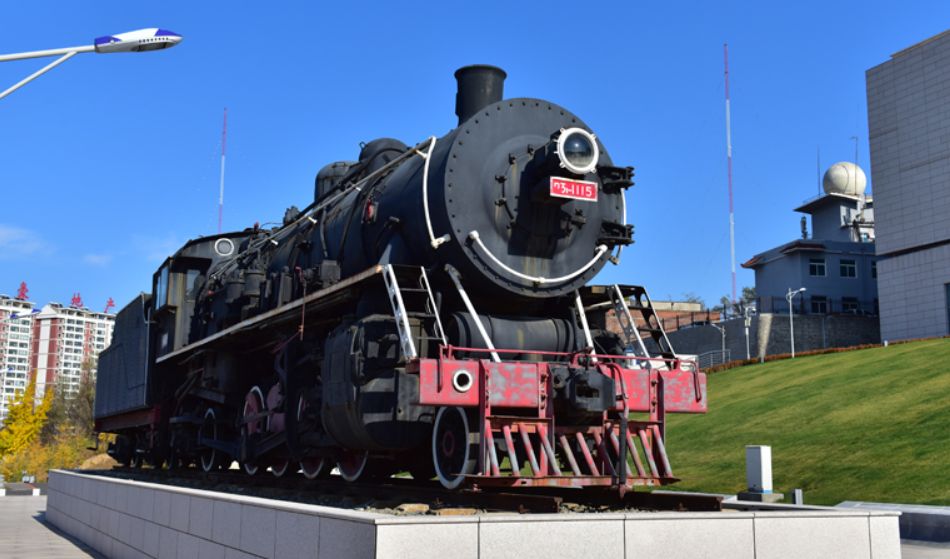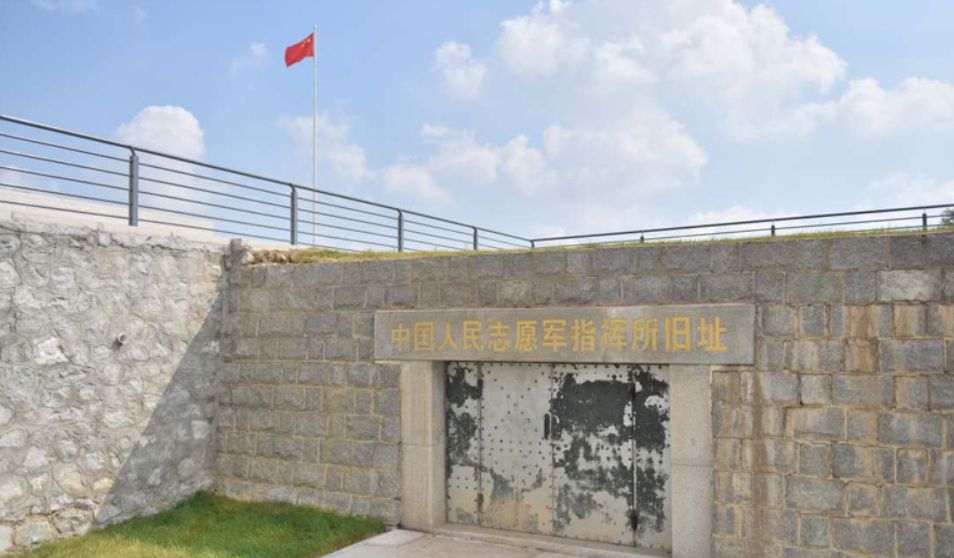Introduction
The Memorial of the War to Resist Us Aggression and Aid Korea is the only museum in China that openly discusses and gives a comprehensive view of the events that unfolded during the Korean War. It is also unofficially known as Korean War Memorial in Dandong.
The Korean War Memorial was opened on July 27th, 1993 by Hu Jintao, former Chinese President, to commemorate the 40th anniversary of the signing of the Armistice Agreement in Panmunjom (the ceasefire agreement to the Korean War).
The museum complex was designed and built using Chinese traditional style and covers a total area of 182,000 square meters. It consists of the exhibition hall, a 720° panoramic painting viewing hall and the Memorial Tower. The Outdoor Weapons Exhibition Park includes a locomotive, tanks, aircraft, and anti-aircraft vehicles used and captured by the Chinese during the Korean War.
Location of the Memorial of the War to Resist US Aggression and Aid Korea
The museum is located within the border city of Dandong found in Liaoning province in China. Dandong is built along the Yalu River which creates the natural border of North Korea and China. The museum is found on top of Mount Yinghua which is north of downtown Dandong, about a 5 minute taxi ride from Dandong Railway Station.
Korean War Memorial Hall
The Korean War Memorial hall covers a total floor space of 23,000 square meters. The exhibition is based on evidence from the Chinese with assisting the DPRK against US aggression and safeguarding China’s national security. The museum has more than 20,000 cultural relics including battle reports, maps, medals, photographs and videos captured by the Chinese, providing a vivid insight into the war.
The lobby has a large sculpture of Mao Zedong and General Peng Dehuai, who led the Chinese war effort, with carvings of songs written during the war as well as the commands given by Chairman Mao to the People’s Voluntary Army soldiers.
Panoramic Painting
The panoramic painting depicts the scenes of the Chinese People’s Voluntary Army fighting the United Nations forces at the Battle of Chongchon (Qingchuan) River during the Second Campaign of the Korean War. The painting is 132.15 meters wide and 16 meters, taking up two floors and giving a 720° view of the battle.
Korean War Memorial Tower
The memorial tower is located outside and south of the Korean War Memorial hall. The tower is 53 meters high and symbolizes the victory of the Korean War in 1953 according to the Chinese. Seven large golden Chinese characters are written on the tower translating into English as “The Memorial Tower of the War to Resist US Aggression and Aid Korea” written by Deng Xiaoping, the former president of the People’s Republic of China.
621 Chinese characters are engraved on the back of the tower reading the heroic achievements of the Chinese People’s Volunteers (CPV) against the United Nations forces. Two giant stones are located on the east and west sides of the tower with “long live peace commemorative medal” carved into both stones.
There are four large sculptures located on each pier of the tower with each representing “The War to Resist Us Aggression and Aid Korea”, “the Movement to Resist US Aggression and Aid Korea”, “The steel and iron transport line” and “the Chinese People’s Volunteer Air Force”
Outdoor Weapons Exhibition Park
The Outdoor Weapons Exhibition Park or known as the National Defense Education Park to the Chinese is over 16 hectares in total area with over 150 pieces of military equipment are displayed outside.
It includes Soviet T-34 tanks, Soviet 122mm Howitzers, Soviet Katyusha rocket launchers, single barrel 37mm antiaircraft artilleries, 85mm artillery cannons, MiG-15 jet fighters, Tu-2 light bombers, and a single steam locomotive.
Locomotive 1115
The Locomotive 1115 was built at the Siping Locomotive Depot of the Changchun Railway Sub-administration in Liaoning province. The train required nine crew members to operate. During the Korean War this locomotive was used to transport troops and supplies to Chinese forces between Sariwon city and Sinmak county in North Korea – close to the DMZ. The head engineer, Li Guoheng was awarded the First-Class Merit Citation and the title of Second-Class Hero for his efforts and leading his crew for a safe 10-month operation during 1951.
Chinese Military Command Post
The command post of the Chinese People’s Volunteers is an underground reinforced bunker that consists of 12 rooms in total. The bunker was the only military command post built in China during the Korean War and was primarily used by General Peng Dehuai who at the time was in charge of the entire Chinese forces. The bunker was constructed with a meter of soil above to conceal the location of the bunker from the US Air Force which at the time were running bombing campaigns on the North Korean side to destroy the Sino-Korean Friendship Bridge and the Qingcheng Bridge which is known these days as the Dandong Broken Bridge.


